Developing a Reconciliation Action Plan is a journey and a collaborative partnership with Reconciliation Australia. Understand what you can expect at each step of the process.
Before you start
The first step is to understand if a RAP is right for your organisation. While everyone can take substantial action for reconciliation, RAPs are specifically designed for workplaces.
To develop a RAP your organisation must be a workplace, have employees, and have operations in Australia, among other prerequisites.
Please read this factsheet to make sure your organisation can start a RAP.
Attend our free Information Webinar to learn more about the purpose of RAPs and the process of RAP development from registration to receiving an endorsed RAP.
If you represent a school or early learning service, please visit our Narragunnawali: Reconciliation in Education platform, to develop and implement a RAP for these education settings.
Stage 1: Registration
When you are ready to begin developing a RAP, you will commence registration.
You will be asked to provide detailed information about your organisation, as well as pay the RAP development fee.
The RAP development fee is scaled according to the organisation’s annual revenue:
RAP development fees enable our team to provide quality support and resources, ensuring a comprehensive and effective experience as you progress through your RAP journey.
Aboriginal and/or Torres Strait Islander organisations who wish to develop a RAP are not charged a fee.
Stage 2: Drafting your RAP
Draft your RAP using the templates and resources provided on registration, and in consultation with your stakeholders.
The RAP templates contain minimum required actions and deliverables. The resources provided ensure that your draft RAP meets Reconciliation Australia’s standards for endorsement.
After completing your first draft RAP, you will submit it via the RAP portal for review. Your draft will then be with our team awaiting review and feedback.
Timeframes and feedback
Once you have submitted a RAP, a RAP Officer at Reconciliation Australia will then review your document in line with the RAP requirements. They will then provide you with strategic feedback.
You should expect a minimum of two to three rounds of feedback.
Reconciliation Australia reviews each draft on a standard time frame of four weeks.
You have the option of arranging a time to meet with your RAP Officer to clarify the feedback.
After the review process Reconciliation Australia will progress your RAP to endorsement.
Stage 3: Conditional Endorsement
This is when the written content of your RAP is approved, and you are provided with the RAP logo to include in the final plan.When your designed RAP is finished, upload the final PDF via the RAP portal.
Stage 4: Formal endorsement
Reconciliation Australia will then formally endorse your RAP, approving the final designed document and publishing your plan on the Reconciliation Australia website.
Once you have received formal endorsement, your RAP is now a public commitment and your organisation is recognised as a member of the RAP network.
You can then share and promote your RAP externally.
It is important to remember that while developing a RAP is key to formalising your organisation’s commitment to reconciliation, implementation and continuous improvement are essential to turn your good intentions into action.



